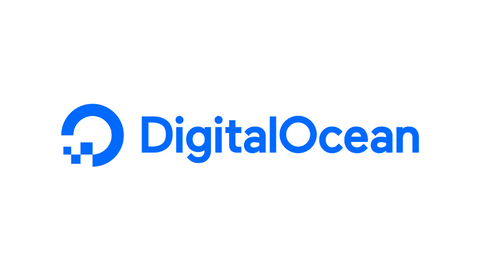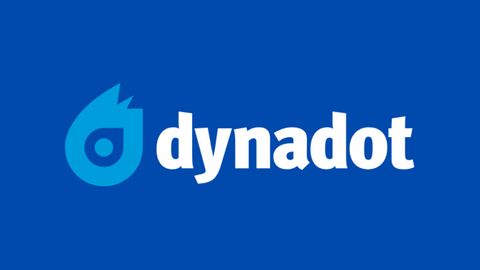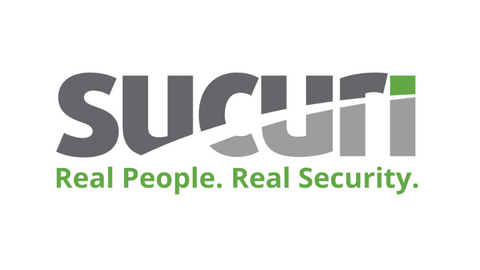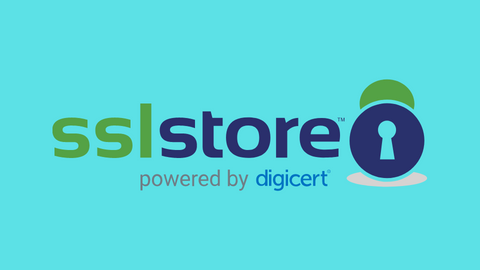Here, we will be showing you how to impact the climate as a web developer.
As a web developer, you possess valuable skills and knowledge that can significantly impact climate action.
Whether you’re just starting out or are a seasoned professional, you can make a difference in several ways.
Table of Contents
How Web Developers Can Impact Climate Action
Web developers have a unique opportunity to leverage their skills for environmental sustainability. Beyond building websites and apps, developers can influence climate action by choosing projects, tools, and practices that minimize environmental impact.
Here are ten actionable ways developers can make a difference:
1. Choose a location that aligns with your values
Opt to work for companies or organizations that actively prioritize sustainability and eco-friendly practices. This allows your professional efforts to directly contribute to meaningful environmental change.
Example: Sarah, a web developer passionate about renewable energy, relocated to work for a company developing wind turbine control software. Her contributions now directly support sustainable energy solutions, aligning her work with her personal values.
Best Web Hosting Services
2. Contribute to open-source projects focusing on climate solutions
Open-source projects provide opportunities to collaborate with developers worldwide to create tools for environmental protection. Contributions can include code, data visualizations, analysis tools, or front-end development.
Example: The “ClimateAction Tracker” project tracks and visualizes global climate initiatives. Developers can contribute to dashboards, APIs, and data analytics, amplifying the impact of climate data for policymakers and researchers.
3. Volunteer your time and expertise to NGOs and environmental organizations
Many non-profits lack the technical expertise needed to reach a broader audience. By volunteering your web development skills, you can help NGOs create impactful websites, apps, and platforms that educate the public, facilitate citizen engagement, and drive sustainable action.
Example: John, a web developer, volunteered to build a platform for the Environmental Protection Agency. The platform enables citizens to report local environmental issues and track cleanup or conservation progress, increasing public participation in sustainability efforts.
4. Support and mentor other developers engaged in climate-focused projects
Sharing knowledge and mentoring junior developers strengthens the network of professionals tackling climate challenges. Guidance can take the form of one-on-one mentorship, workshops, online community support, or code reviews.
Example: The “ClimateTech Mentorship Network” pairs experienced developers with aspiring climate-focused technologists. This mentorship improves project quality, encourages collaboration, and fosters innovation in environmental solutions.
5. Advocate for remote work arrangements
Remote work reduces carbon emissions from commuting and allows developers to align with environmentally conscious companies, regardless of location. It also promotes flexible lifestyles that support sustainable living.
Example: Companies like Automattic and GitLab reduced their carbon footprint significantly by adopting remote-first policies. Employees can choose locations with greener practices, further supporting sustainability initiatives.
Best Web Security Services
6. Document your experience and share your knowledge
Writing about your experiences can inspire others to adopt sustainable practices. Share insights through blog posts, tutorials, videos, or even online courses. This spreads awareness and encourages the developer community to consider the environmental impact of their work.
Example: Daniel, a sustainability-focused developer, writes tutorials on building energy-efficient websites. His guidance helps developers worldwide create projects that consume fewer resources while maintaining high performance.
7. Promote sustainable web development practices
Integrate green hosting, energy-efficient design, and optimized code in your projects. Encouraging these practices reduces your digital footprint and sets a positive example for others in the industry.
Example: Companies like Google and Facebook power their data centers with renewable energy. Developers can adopt similar practices in their projects, including minimizing heavy scripts, optimizing images, and using eco-friendly hosting services.
8. Stay informed about the latest developments in climate technology and web development
Keeping updated on emerging technologies, sustainability trends, and climate policies allows you to identify opportunities to apply your skills effectively. This knowledge helps developers create innovative solutions addressing pressing environmental issues.
Example: Following publications like “GreenBiz” and attending conferences such as “COP27” equips developers with insights into renewable energy, carbon tracking, and climate tech innovations.
9. Collaborate with experts in other fields
Cross-disciplinary collaboration enhances the impact of your web development skills. By partnering with scientists, engineers, and entrepreneurs, you can create tools that address complex climate challenges more effectively.
Example: The “Climate-KIC” initiative brings together developers, scientists, and innovators to design climate solutions. Web developers contribute interfaces, analytics dashboards, and user experiences that help make scientific solutions accessible and actionable.
10. Be a voice for change
Use your platform to advocate for climate action and sustainability. Engage in social media discussions, write articles, participate in climate rallies, or connect with policymakers to influence positive environmental change.
Example: Jamie Margolin, founder of the youth climate activist group “Zero Hour,” uses her platform to educate the public and advocate for policies that support sustainability. Web developers can similarly leverage their online presence to raise awareness.
CHECK OUT: SecureBlitz Cybersecurity Resource Center
Frequently Asked Questions About Web Development and Climate Action
How can web developers contribute to sustainability through their careers?
Developers can align with environmentally conscious employers, work remotely, and adopt sustainable coding and hosting practices. Their projects can support renewable energy, carbon tracking, and climate education.
What types of open-source projects can developers join to impact climate action?
Developers can contribute to tools tracking carbon emissions, monitoring environmental changes, analyzing climate data, or promoting climate policy transparency. Open-source projects allow global collaboration and community impact.
How does volunteering web development skills benefit environmental organizations?
Non-profits often lack technical resources. Volunteering helps them develop websites, apps, and tools to educate the public, engage communities, and improve reporting or tracking of environmental initiatives.
Why is mentorship important in climate-focused web development?
Mentorship grows a skilled network of developers working on environmental projects. Experienced developers guide newcomers, share expertise, and foster collaboration to maximize project impact.
What are sustainable web development practices?
Sustainable practices include using energy-efficient hosting, minimizing resource-heavy code, optimizing images, adopting green design principles, and tracking the environmental impact of your digital projects.
How can collaboration with experts in other fields enhance climate action?
Cross-disciplinary collaboration allows developers to combine coding skills with scientific, engineering, and policy expertise. This results in tools that are technically sound, scientifically accurate, and effective in addressing environmental challenges.
How can developers advocate for climate action online?
Developers can raise awareness through blogs, social media, webinars, and online communities. They can promote eco-friendly tools, sustainable coding practices, and policy changes to amplify their environmental impact.
Conclusion: Be the Change the Planet Needs 🌍💻
Web developers aren’t just coders—they are architects of change. Every line of code, every website, and every app you build can either leave a carbon footprint or create a force for good. By choosing sustainable projects, collaborating with experts, mentoring others, and advocating for eco-conscious practices, you become a catalyst for real-world climate action.
The planet needs your skills, your creativity, and your voice. Don’t wait for someone else to take the lead—take action today. Build, mentor, innovate, and advocate.
Reduce your footprint, amplify your impact, and transform the digital world into a powerful engine for sustainability.
💡 Your code can save the planet. Start now. Make it count.
RELATED POSTS
- What Are Cyber Threats? How to Secure Your Computer Against Cyber Threats
- How To Get A Cybersecurity Job With No Experience
- Top Cybersecurity Trends Every Web Developer Should Expect in 2020
- What Are Network Firewalls?
- Sustainable Finance And Positive Global Transformation
- 5 Adoption Strategies For Zero Trust
- Take Your Small Business To The Next Level With YouTube Marketing
- NetBeans projects are being poisoned by malware – GitHub warns Java
About the Author:
Chandra Palan is an Indian-born content writer, currently based in Australia with her husband and two kids. She is a passionate writer and has been writing for the past decade, covering topics ranging from technology, cybersecurity, data privacy and more. She currently works as a content writer for SecureBlitz.com, covering the latest cyber threats and trends. With her in-depth knowledge of the industry, she strives to deliver accurate and helpful advice to her readers.
























